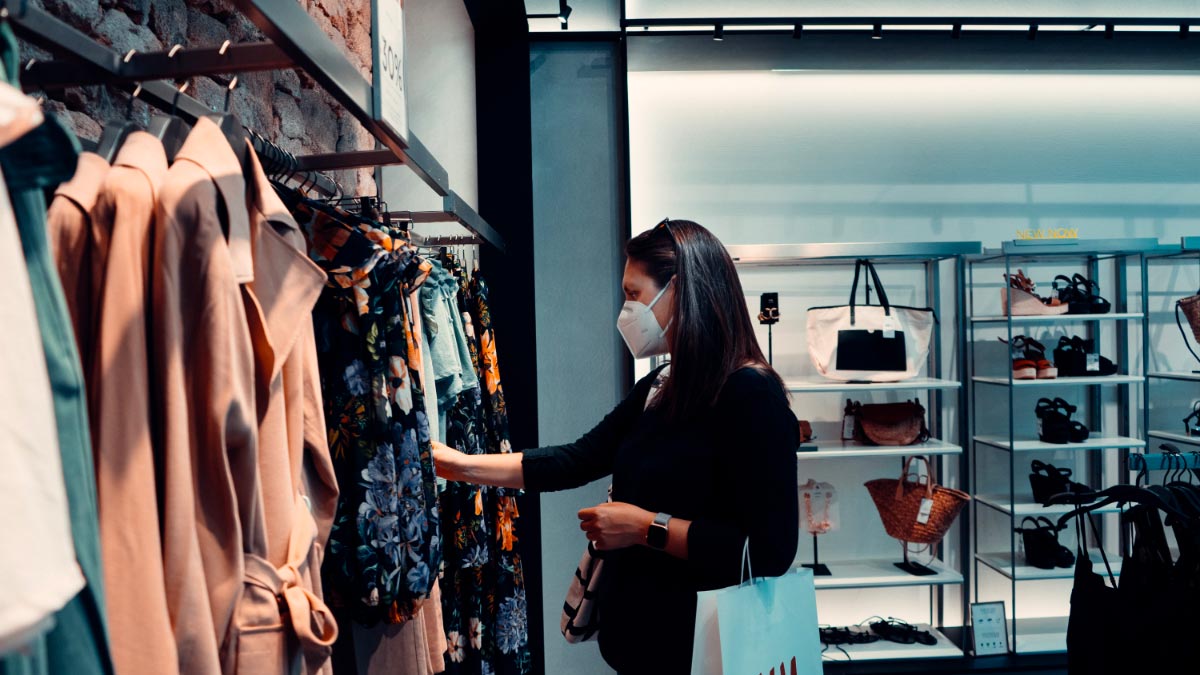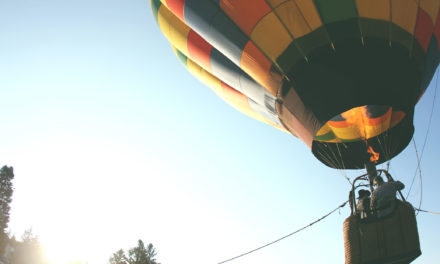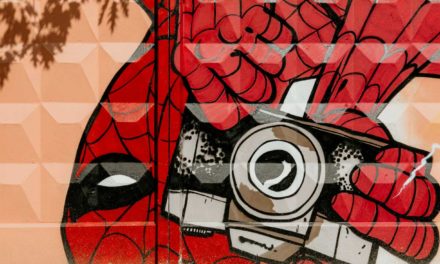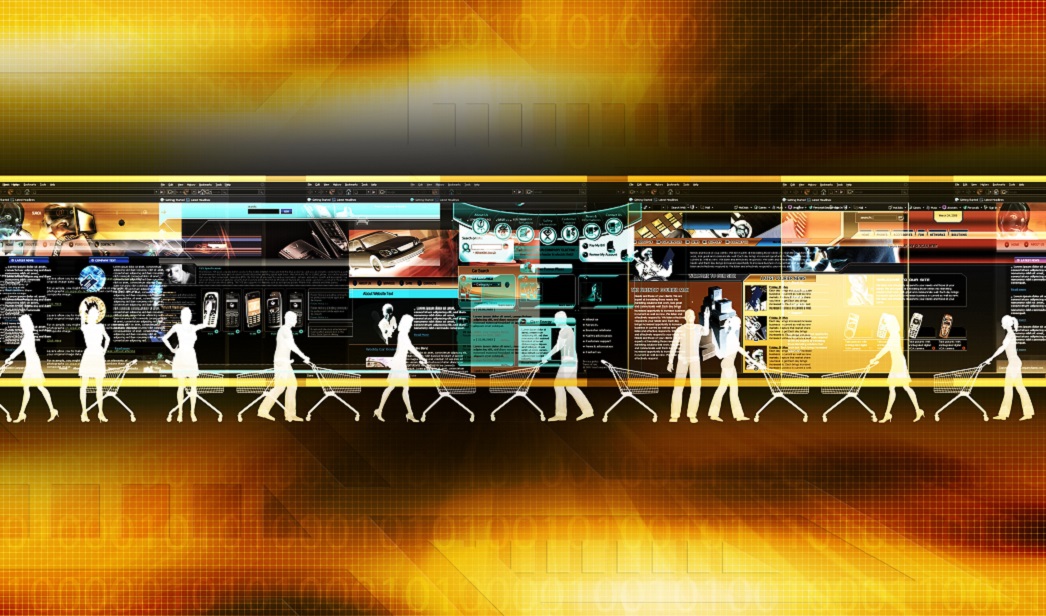Integrating the narratives of The New Normal in experience design
First published on October 15th, 2020Blog: The Experience EconomistThe imposed regulations and pandemic development has created a narrative of what The New Normal may become. Attractions, museums, retail stores and other destinations are implementing short term solutions as a fast reaction. However, many of these changes have the potential of influencing the audience experience in the longer run.
Besides asking ourselves what these changes will be, we also want to know how can we integrate them into the brand stories. How will the new narrative help brands and destinations differentiate and become leaders of The New Normal?
Spatial design and interactions are crucial for business and customer or guest experience and where the narrative may change. Three relevant examples are:
Retail
Retail made shopping a social activity. Ever since the first mall opened, retail stores kept promoting their narrative of being a place where we spend time with friends, explore and discover our newest favourites. Now this story might change. We see reorganisation in spatial design to encourage customers to move faster and perhaps exit the shops sooner due to the newest regulations. It’s possible that we would no longer just casually spend a few minutes browsing in a shop.

Museums
Museums and cultural destinations are with no doubt a source of inspiration, personal development and social innovation. Many museums rely on interactive exhibitions to engage with and teach their audience. Now we see signs on installations, warning not to touch. The New Normal might take us back into the world where museums were strictly a place to look around and not interact with the exhibits.
Theme parks
Theme parks are for many a portal into extraordinary worlds. The immersive experiences and the design of the space often make us forget about the outside world. Now, besides the limited number of visitors, persisting safety regulations can be disruptive to the stories that are built inside the parks.

Considering these three examples, one approach to keep the audience engagement outside the physical interactions is the expansion of the experiential narrative. Meaning that there would be more experience touch-points before or after entering a space. The raising question can be — “How can the journey to a destination become a part of the experiential brand narrative; and what can the audience take home with them, besides merchandise?“
Normally, the entrance to a theme park is considered to be where the story begins. But designers might take a step back and consider how they can immerse their guests into their world even before they leave their homes. We could see stronger brand communities and more interdisciplinary collaborations. We’ll see at the same table brand and marketing specialists, storytellers, architects, engineers. With this holistic, inclusive approach, storytelling in alignment would remain the connecting link between the brands and their audience, moving a multitude of experiences forward despite the limitations.
Do you want to receive similar articles from us every month?
Then subscribe to our newsletter “The Experience Economist”.




